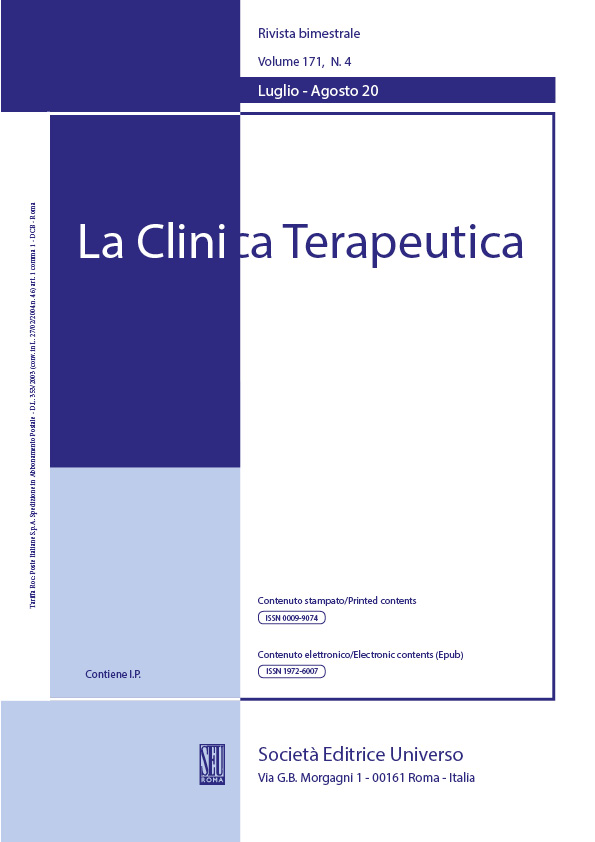Abstract
The purpose of this study was to test the safety and efficacy of AqualiefTM in patients affected by xerostomia. The main ingredients of AqualiefTM are carnosine and dried calyces of Hibiscus sabdariffa L. (karkadè) for their buffering effect at pH 7 as well as for their antioxidant, antimicrobial and lenitive properties. In a Randomized, Placebo-Controlled, Double-Blind Trial, sixty patients with xerostomia (RTOG/EORTC grade 1-2) were randomly assigned to receive either placebo, or AqualiefTM tablets (three times/day after meals) for 6 consecutive days. A questionnaire was used to evaluate dry mouth symptoms before and after 6 days of AqualiefTM or placebo application. Unstimulated and stimulated salivary flow rates and pH were measured before and after application.
Treatment with AqualiefTM for 6 days induced a significant increase in saliva pH from 6.2 ± 0.5 to 6.4 ± 0.6 (P < 0.05) while placebo was ineffective (from 6.2 ± 0.5 to 6.3 ± 0.5). AqualiefTM also induced a significant increase in the pH of stimulated saliva from 6.3 ± 0.5 to 6.6 ± 0.5 (P < 0.01). Placebo was ineffective also in this setting (from 6.2 ± 0.5 to 6.3 ± 0.5). Besides an expected normalization of the saliva pH value, AqualiefTM treatment for 6 days greatly increased (56%, P < 0.0001) saliva production.
Placebo induced a 19% increase (P < 0.05), which was likely due to mechanical stimulation. AqualiefTM also increased stimulated saliva production (27% increase with respect to day 0, P < 0.05), while placebo was ineffective. AqualiefTM was effective in regulating the saliva pH, in increasing saliva production and improving dry mouth symptoms in xerostomic patients.
